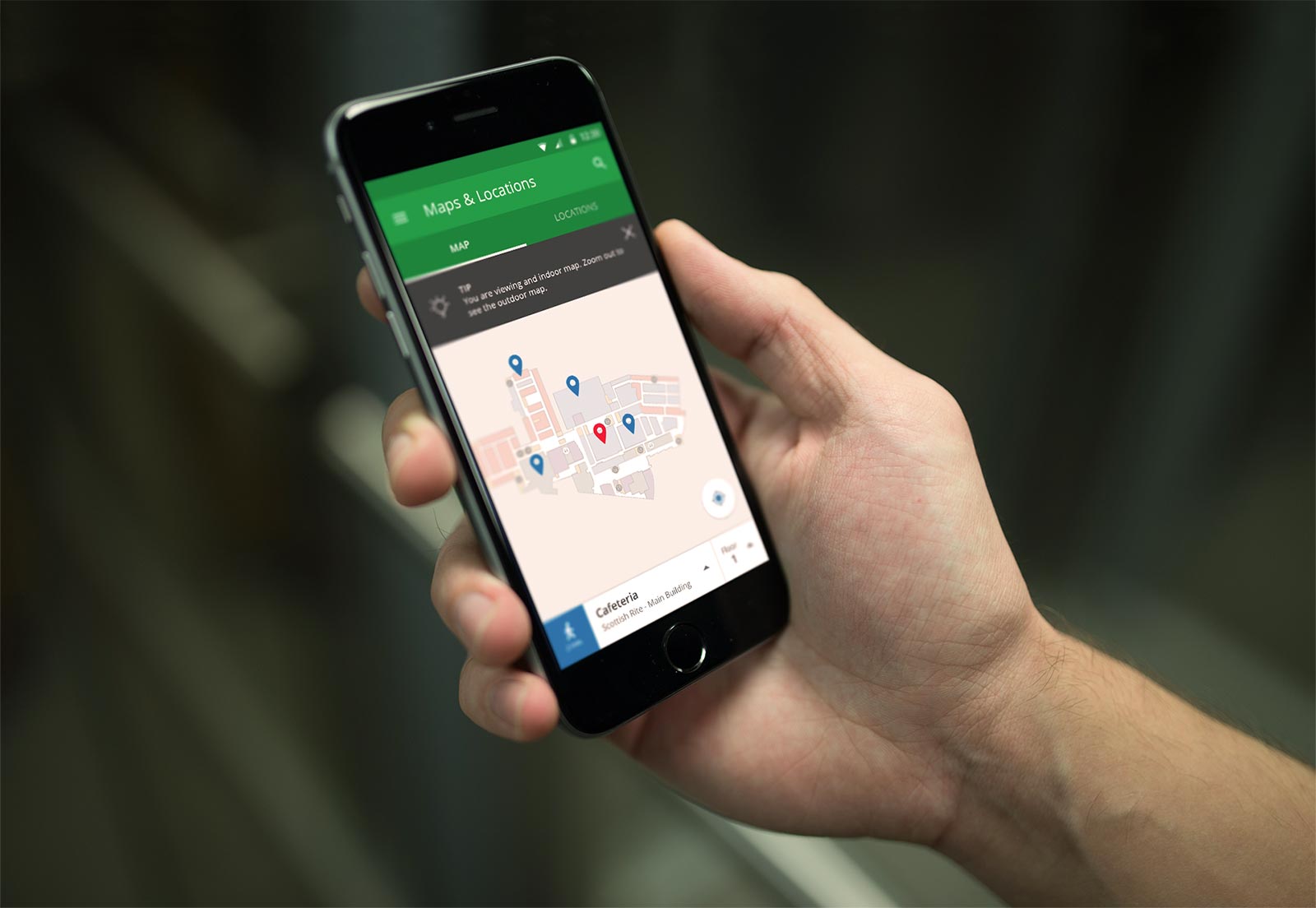
The Definitive Guide to Mobile Patient Engagement Strategies
Everything you need to know about mobile patient engagement strategies, techniques, and technology.
Patient engagement. It’s a broad topic that pops up just about everywhere. Successful patient engagement is driven by culture, strategy, and technology. One key piece of the strategy and technology that often gets overlooked is mobile.
With mobile usage outpacing desktop, it’s time for that to change. Patients and healthcare executives know it. In fact, nine out of 10 healthcare executives believe that a robust patient-facing mobile app can help deliver on their digital strategy goals.
And it is certainly what patients want if the patient engagement stats in this blog post are anything to go by. These are just some of the nearly 20 stats from the post:
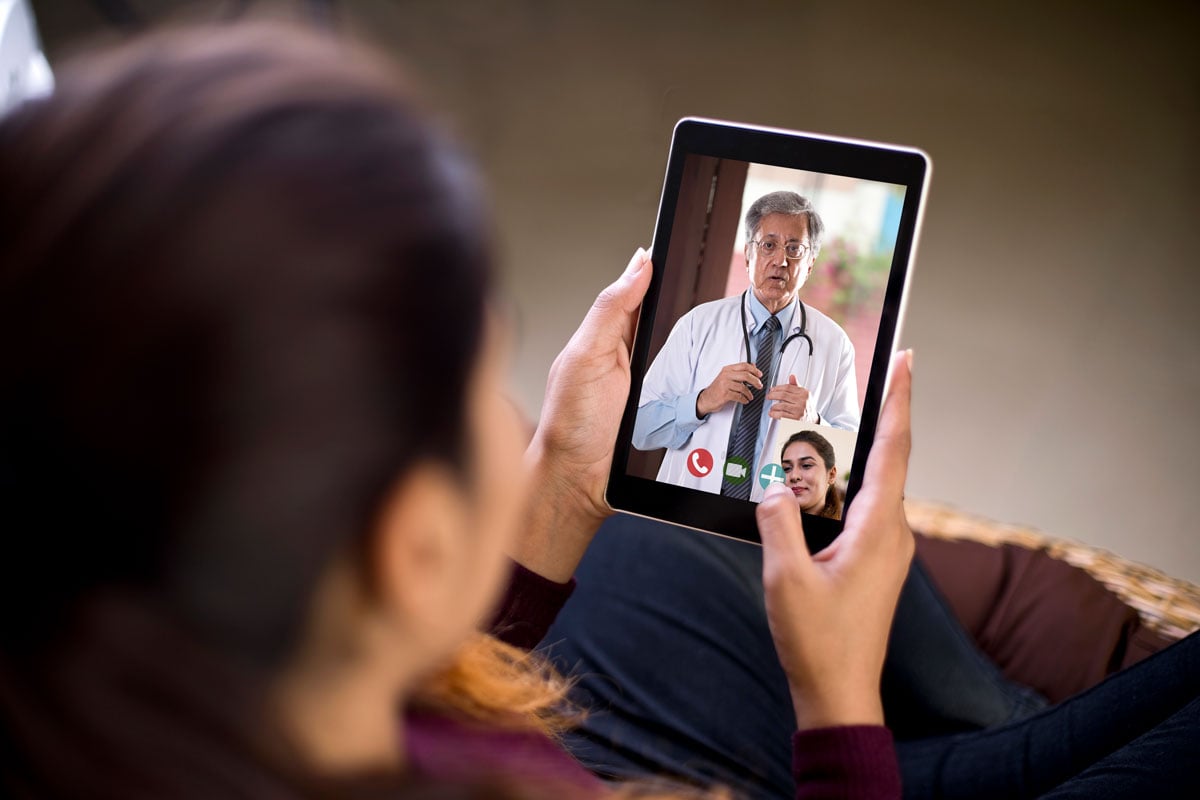
- 71% of patients prefer to use a mobile device with their healthcare provider.
- Virtually all patients—93 percent to be exact—say that they expect healthcare organizations to use digital tools when interacting with them.
- 90% of patients no longer feel obligated to stay with healthcare providers that don’t deliver an overall satisfactory digital experience.
- 28% of consumers reported having switched or stopped going to a health care provider because of a poor digital experience.
- 26% of consumers said they would switch to a new healthcare provider for high-quality digital services and 50% of consumers said that a bad digital experience can ruin the entire experience with a provider.
- 90% of patients want to self-manage their healthcare leveraging technology, such as accessing medical information, refilling prescriptions and booking appointments online.
- Over 60% of patients say digital services play an important role when choosing a physician.
With thin hospital margins resulting from the slow COVID recovery, now is the time to tap into what mobile patient engagement technology can do.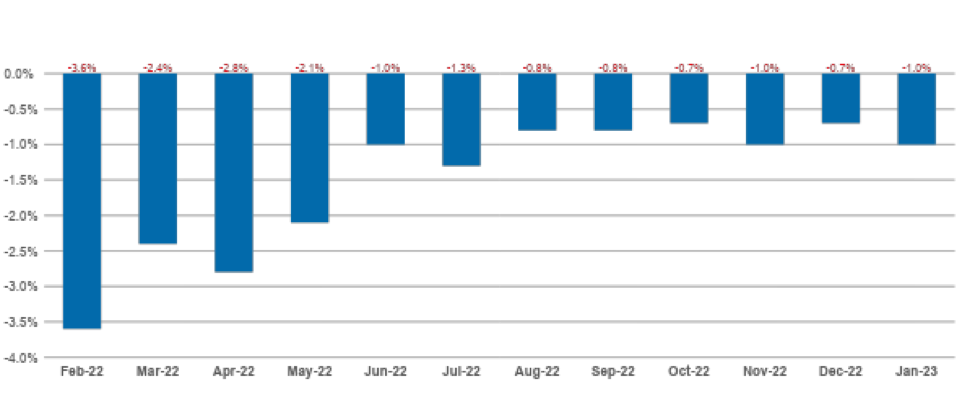
National Hospital Flash Report: February 2023
WHAT IS A MOBILE PATIENT ENGAGEMENT PLATFORM?
A mobile engagement platform is more than a hospital app, it is a true patient engagement tool. There is a misconception that any mobile presence is a mobile platform, but nothing could be further from the truth. This myth is part of the reason so many mobile apps fail, and why some in healthcare are hesitant to try again.
There are over 350,000 healthcare apps in the app store but 84% of them have fewer than 5,000 downloads. Why? For three main reasons:
- They don’t deliver the value consumers are looking for
- The user experience is poor or shallow
- It’s not integrated as part of the digital strategy
These problems generally occur because the app is a one off, only offering one or two basic features, which isn’t enough to drive high adoption and reuse. The one off app is also a consequence of solutions that aren’t part of a larger strategy.
On the flip side, a true mobile engagement solution IS part of a larger strategy where these things have occurred:
- The organization has established clear goals related to patient engagement. These may be broad goals like increasing patient satisfaction or very specific goals like reducing call center volumes, revenue leakage, or late arrivals to appointments.
- Time has been taken to gather patient and staff input through surveys, focus groups, advisory councils, etc.
- The entire patient journey has been mapped and each step tied to the technology solutions that support it.
- Gaps have been identified in areas where the tools are missing to support that piece of the journey.
The next step is to choose a mobile platform where the foundation already exists to support a premium mobile experience, easily plug in existing digital solutions, and then add on new solutions as needed.
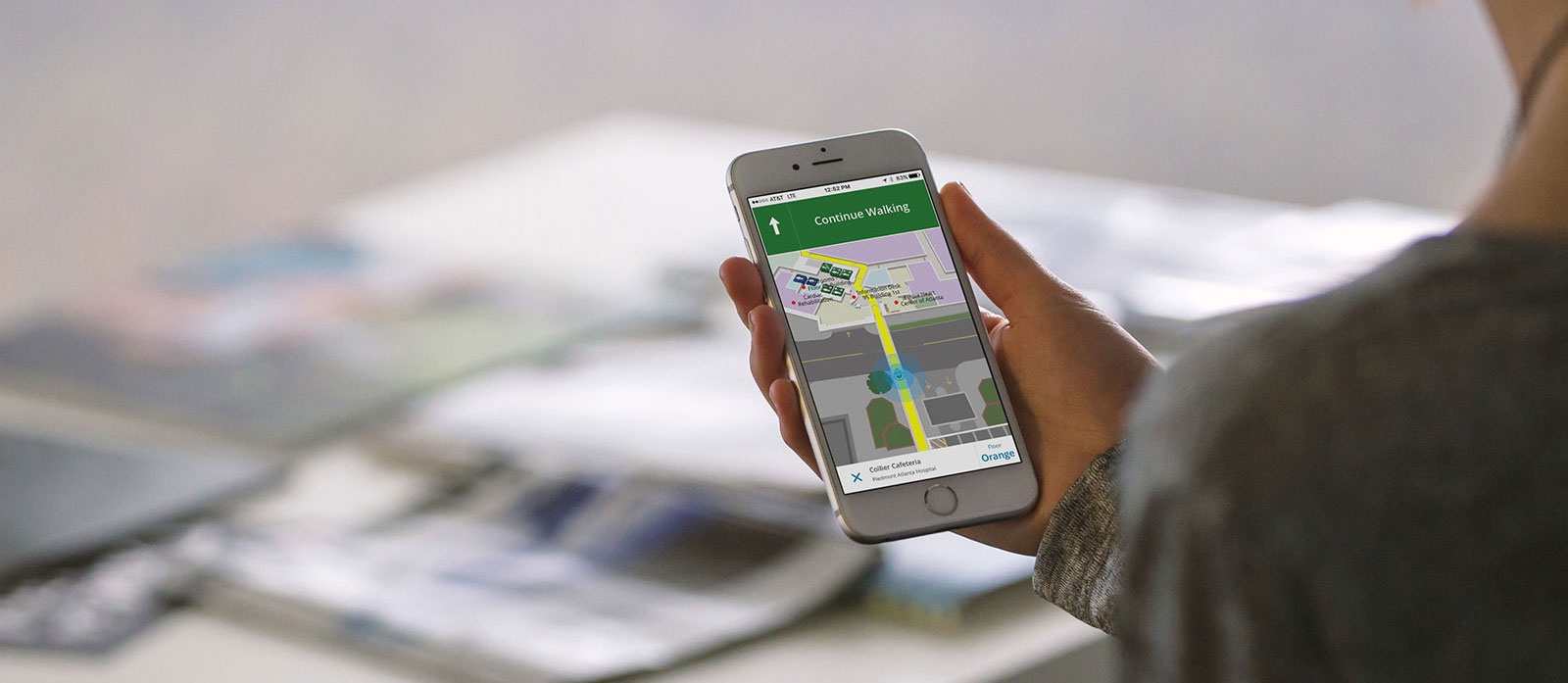
Strong mobile patient engagement begins with the right framework
Gozio CEO, Joshua Titus, presented a webinar for Modern Healthcare, Use an 80/20 Approach to Drive Mobile Patient Engagement Success. In it, he explained that health systems shouldn’t build a mobile solution from scratch. It's very time consuming and expensive, and the list of things you need to know and do to be successful is long.
He discussed in detail what it takes to build a successful mobile platform. In a blog post, these handful of items were recapped to show what is involved in the foundational framework for a mobile solutions:
- You have to build a cloud-based architecture that allows for over the air updates, live data feeds, and easy content management.
- It must be a mobile native design for iOS and Android. Yes, they are different on the backend.
- The design has to address a long list of edge cases like poor wi-fi or restricted data plans.
- It also has to address dependency management between libraries (i.e, provider search, scheduling, wayfinding, etc.)
- You have to monitor and test any updates before they go live to avoid potential problems. For example, iOS added a notch to the top of the screen. That impacted app design.
- The navigation needs to be tight enough to create a good user experience but flexible enough to change over time.
- In addition to all the technical components that go into the backend, user experience experts think about user stories, iconography, colors, ect.
- They also ensure that the platform meets 508 compliance for accessibility .
- After all of that, there are considerations around things like search. Is it based on travel time or distance? Is it people or places? Onsite or offsite? Indoors or outdoors?
It takes skilled, highly-trained developers hundreds of hours to work their way through all the things listed here and many many more. That's why it is so much easier to choose a platform that is ready to go. One that can be branded to your system's specifications and that allows the 80% of things everyone needs to be plugged in quickly and launched in weeks. Building a platform from scratch, on the other hand, can take years.
Plug In 80% of the Digital Tools Patients Want
During the webinar, he also said, “What we hear a lot is ‘No one has problems like my system. At one level, that is true; they are complex, and they are unique. But if you zoom out one or two clicks, you'll see they are different flavors of the same problem.”
According to a report from Modern Healthcare, based on the webinar, every system’s digital front door will include some of the same features because most patients are looking for similar patient engagement tools. Healthcare organizations must first implement solutions that address common pain points or focus areas.
According to results of the 2022 Digital Health Most Wired Survey by the College of Healthcare Information Management Executives (CHIME), there are several patient engagement solutions that more than 50% of respondents had in place.
The Patient Engagement Trend Report laid these out. Not surprisingly, most organizations offer these features for patients:
- Introducing the care environment
- Mobile Check in
- Click to call
- Access to education
- Access to education videos
- Non-English access
- Health library
- Health maintenance campaigns
- Symptom checker
- Billpay
- Portal access
- Staff recognition
- Surveys
- Email/text appointment reminders
- Self scheduling
- Virtual visits
- Personal health record
- Chronic condition management
- Remote patient monitoring
- Personal health tracker

Top rated health systems also offer solutions like:
- Wait times (ED/Urgent care)
- Wayfinding (digital)
- Parking assistance
The right framework allows healthcare providers to plug in all these digital patient facing solutions into a single mobile solution. That solution can be branded, creating a unique experience for that systems’ consumers–visitors, patients, staff, etc.
One Step Further - Finding Your 20%
After launching a mobile platform with the 80% of tools everyone needs, then you can look at the patient engagement techniques and tools that are unique to your system. How do you find those things?
To answer this question, marketing and strategy executives gathered at the 2022 Society for HealthCare Strategy & Market Development (SHSMD) Connections annual conference to discuss best practices, successes and challenges in engaging our communities in digital strategy to maximize success.
According to the report from this meeting, they agreed that an effective digital strategy for engaging our communities involves a deliberate focus on:
- Human-centered design (HCD). HCD means starting with the consumer’s needs and wants in mind rather than starting with what we want to tell consumers, which can result in incorrect assumptions. HCD should be embedded in the culture of our health care system. It involves getting feedback from the people we are trying to serve, a willingness to hear what is broken, and piloting new initiatives slowly so we can make course corrections along the way until we are truly meeting the needs of our community.
- Care coordination. Care coordination is helping consumers find the appropriate care unique to them and making it easy to take the next step in their health care journey. It’s the human touch that says, “Let me schedule that for you.” Care coordination helps retain referrals after an interaction, decreases costs and wasted resources, and helps unclog the system. It’s a win-win for patients and the health care system.
- Health equity. Marketing teams need to solicit as diverse inputs as possible rather than relying on the same types of people over and over again. Reaching an underserved population often takes more time and money—and thinking creatively. One key to impacting health equity is partnering with trusted advisors in communities who can help build bridges and connect health care resources and education with those who most need it.
- Better data governance and CRM that spans the continuum of care. Healthcare marketing experts are working to bring customer relationship management up to the level of other industries. There is a need for tools to track and serve a patient’s health care journey from beginning to end—while trying to avoid overwhelming and confusing consumers with too many apps. Marketers are trying to better leverage artificial intelligence (AI) to automate not just appointment reminders but all kinds of follow-up information with patients or would-be patients to improve care coordination. They are working hard to partner with physicians and other stakeholders to improve trust and give them the confidence to cooperate with digital health transformation, such as online scheduling.

Some of the unique things that could require additional development or partnerships that came up in discussion with healthcare leaders, included:
- Real time news
- Ordering meals/
snacks/gift shop - Reporting non-clinical issues in room
- Visitor management tools
- Specialty care workflows
True patient engagement with mobile goes far beyond an app for hospitals. It requires a thoughtful strategy that includes using your website and mobile platform in a cohesive way to place all digital tools into a single premium mobile experience. It requires the right technology, which is a foundational framework that ensures the platform can accommodate all the current tools, easily plug in new tools, and is open to customer development for those unique needs. And finally, it requires a culture that supports creating a single health system experience for all consumers that reflects their wants and needs.
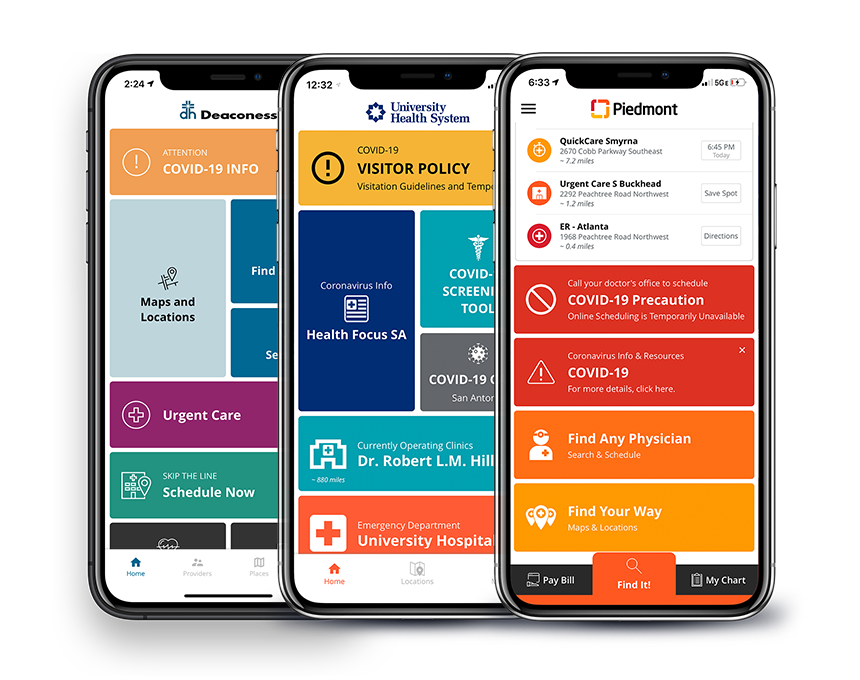
See Gozio in action: